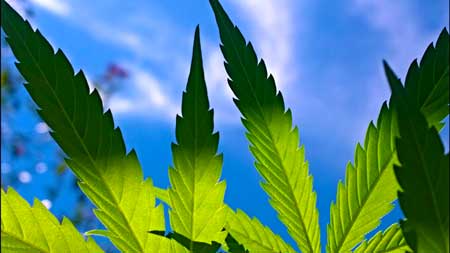What size pot do I need for this plant?
this is the same (problem) plant that I submitted under the title “sick plant”, where I was advised that it could be saved, and one of the steps was to bury the stem underground and let it sprout roots. This may determine the (large) pot size just because of the depth requirements, but if it didn’t, what is the rule of thumb for determining pot size? I believe that the canopy diameter tells when to go to a bigger pot, when the canopy reaches the pot diameter, but what is the maximum pot diameter based on the canopy size? (I just read that you don’t want the pot to be too big, that the plant cannot use the water fast enough.)
Also, what type pot is best, clay, plastic, other?

this is the same (problem) plant that I submitted under the title “sick plant”, where I was advised that it could be saved, and one of the steps was to bury the stem underground and let it sprout roots. This may determine the (large) pot size just because of the depth requirements, but if it didn’t, what is the rule of thumb for determining pot size? I believe that the canopy diameter tells when to go to a bigger pot, when the canopy reaches the pot diameter, but what is the maximum pot diameter based on the canopy size? (I just read that you don’t want the pot to be too big, that the plant cannot use the water fast enough.)
Also, what type pot is best, clay, plastic, other?

Comment